Search
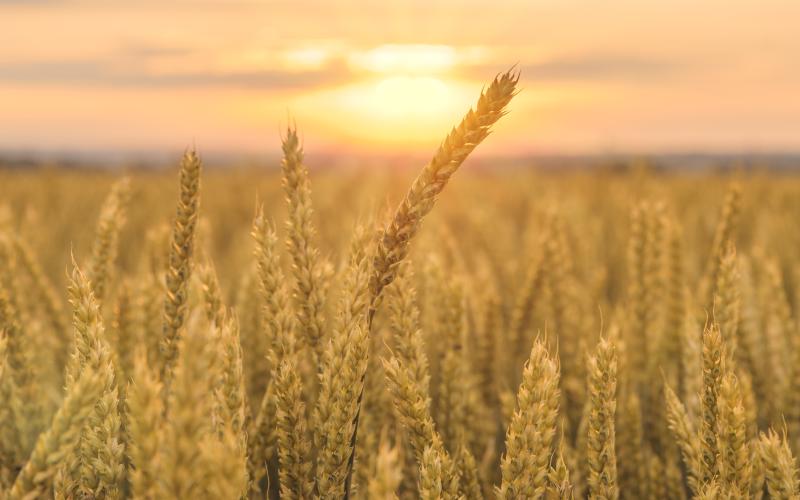
2018 Field Plot Summaries for Wheat Disease Management Trials
The wheat disease management field experiments conducted in the 2018 growing season evaluated several experimental and commercially available fungicides for managing foliar, head or root diseases of spring wheat. Foliar and spike/head diseases incidence and severity were assessed. The field experiments were implemented at Volga Research Farm and Northeast Research Farm (NERF) near South Shore, SD. Results of the same experiment may vary between Volga and Northeast due to environmental differences between the two locations.
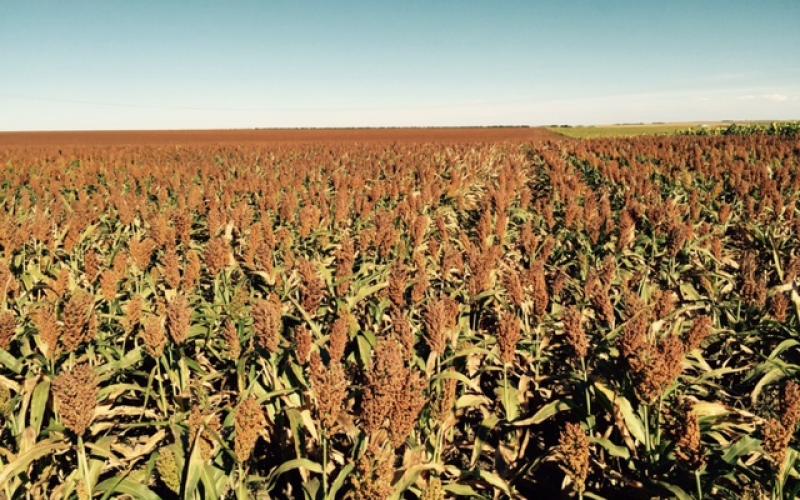
Sorghum Weed Control
Early competition, especially from grass, is critical for successfully controlling weeds in sorghum. There are preemergence as well as postemergence herbicides available for this crop. Early treatment provides the best control of broadleaved weeds with crop stage also being a critical factor for some postemergence treatments.
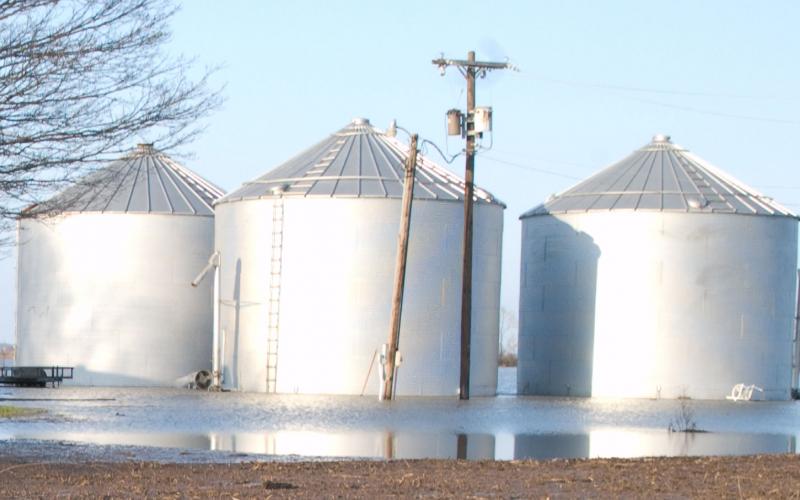
Stored Grains and Flooding
According to the Food and Drug Administration, grain inundated by watercourses is considered adulterated and must be destroyed. The portion of the grain that is not affected by the water can still be salvaged for its use.

Planting Into Wet Soils
It is evident that there are high chances of planting into wet soils this spring. This is not a good decision when normal soil conditions appear to be attainable, but this year we may not have a choice.
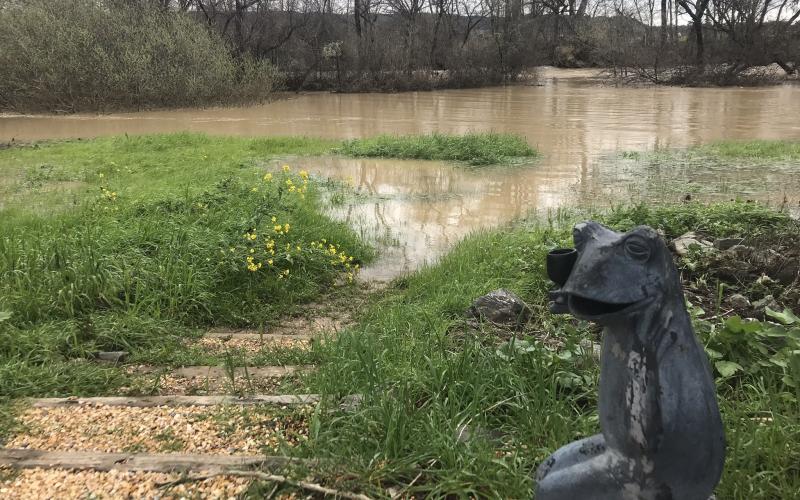
Flooded Gardens
Soil from gardens that were recently flooded may not be safe for growing fruit and vegetables this summer. Depending on the location, flood waters may contain contaminants or disease-causing organisms.

Strategic and Scenario Planning in Ranching: Managing Risk in Dynamic Times
A changing marketplace, price volatility, labor availability, record high feeder calf prices, the effects of the ethanol industry: How will your ranch operation adapt?

Managing Flooded Alfalfa
As floodwaters rise again in parts of South Dakota, spring planting seems to feel further and further away. One crop that is often overlooked in the hustle and bustle of the approaching planting season is alfalfa.
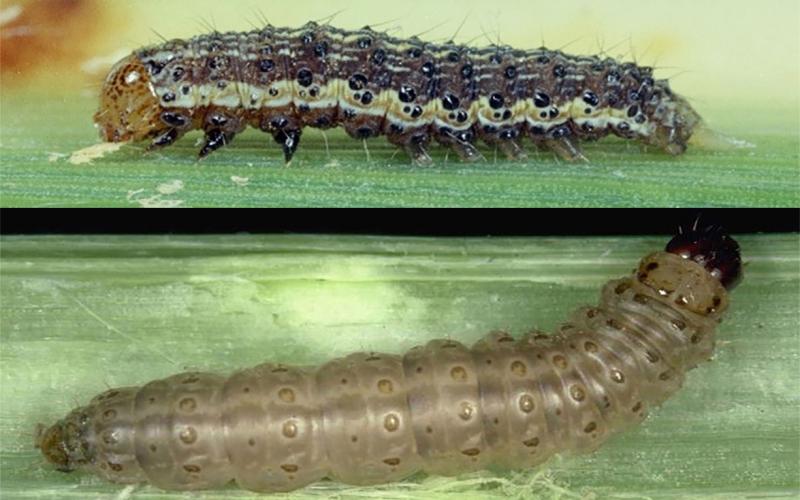
A Case of Mistaken Caterpillar Identity
Tweets about European corn borer (Ostrinia nubilalis) caterpillars in the stems of conventional corn and feeding in the whorls of corn are crossing my Twitter feed. Unfortunately, there is a problem with some of these tweets. Not all of the caterpillars that are being identified as European corn borer caterpillars are actually European corn borer caterpillars!

Bean Leaf Beetles Are Back: Adults Observed Near Beresford
Earlier this year, we observed a large emergence of overwintering bean leaf beetles throughout much of the state. We are again observing quite a few bean leaf beetles beginning to emerge. These emerging beetles are the result of overwintering beetles mating and laying eggs.

How to Scout For Soybean Gall Midge
Soybean gall midge have been reported in three counties in South Dakota in the past week: Clay, Union and Lincoln. Scouting for soybean gall midge can be as simple as finding wilting or dying plants along the edge of the field, or it can be rather difficult if the plants are currently asymptomatic.